Agilent provides xCELLigence impedance-based, label-free, real time cell analysis system and NovoCyte flow cytometers.
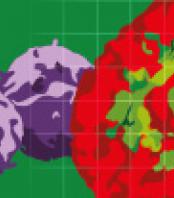
Automated microscopy and Spatial Proteomics
Real-time, label free cell analysis
Nano and micro particle analysis
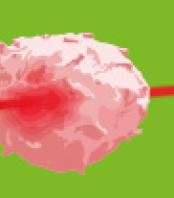
Accelerate to discover
Related topics
EV's and Nanoparticles in "Full Spectrum View" with the new Cytek ESP module

Jul 19, 2024
Cytek’s Enhanced Small Particle (ESP) Detection Option expands the capability of your Cytek Aurora or Cytek Northern...
Automatic, Real Time Acquisition of Bioluminescent Kinetic Curves
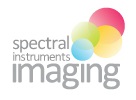
Jun 27, 2024
Watch this pre-recorded webinar with Dr. Andrew Van Praagh to learn how our new Aura software feature —Kinetics—...
Theranostics: From Mice to Men and Back
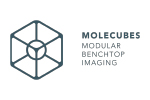
Jun 25, 2024
Recorded webinar
Presenters: Prof. Dr. Ken Herrmann and Prof. Dr. Katharina Lückerath – Moderator: Hannah Notebaert
Orion 2024 AACR poster: 17-plex single-step stain and imaging of cell Lung Carcinoma
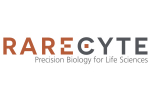
Jun 21, 2024
RareCyte Orion is a benchtop, high resolution, whole slide multimodal imaging instrument. A combination of quantitative...
New release now available: Cytek Amnis AI v3.0 Software

Jun 17, 2024
The new Cytek Amnis AI v3.0 image analysis software features an integrated transfer learning algorithm, an option to...
Cytek webinar: Imaging Flow Cytometry for Chromosomal Assessment in Hematological Malignancies

Jun 7, 2024
In this webinar, we will describe a new innovative approach we developed that resolves these limitations. The method...
X-RAD 320 for irradiation therapy during quantifying study for in vivo collagen reorganization

Jun 5, 2024
Quantifying in vivo collagen reorganization during immunotherapy in murine melanoma with second harmonic generation...
Use of MRI and microCT to evaluate gene therapy for the treatment of discogenic back pain

Jun 4, 2024
MRI images were obtained using the 9.4T Bruker BioSpec system, equipped with 40 mm 1H quadrature volume resonator, and...

Feb 24, 2017
Early hopes of finding a therapeutic “magic bullet” capable of eradicating all types of cancer were progressively replaced with the sobering realization that cancer consists of >100 distinct diseases that manifest in ~200 cell types with diverse genetic/mutational etiologies. For the clinician this complexity is compounded by the fact that a single disease phenotype can result from multiple genotypes, each of which requires a unique approach to treatment (estrogen dependent/independent breast cancer being a primary example). Citing that the cancer scientific literature had already become “complex almost beyond measure,” in 2000 Robert Weinberg and Douglas Hanahan stated a belief that “the complexities of the disease, described in the laboratory and the clinic, will become understandable in terms of a small number of underlying principles.”In this now famous paper they suggested that distillation of decades of research reveals “a small number of molecular,biochemical, and cellular traits – acquired capabilities – shared by most and perhaps all types of human cancer.”
Related technologies: Real-time, label free cell analysis
Get more info
Brand profile
Agilent provides xCELLigence impedance-based, label-free, real time cell analysis system and NovoCyte flow cytometers.
More info at:
www.aceabio.com